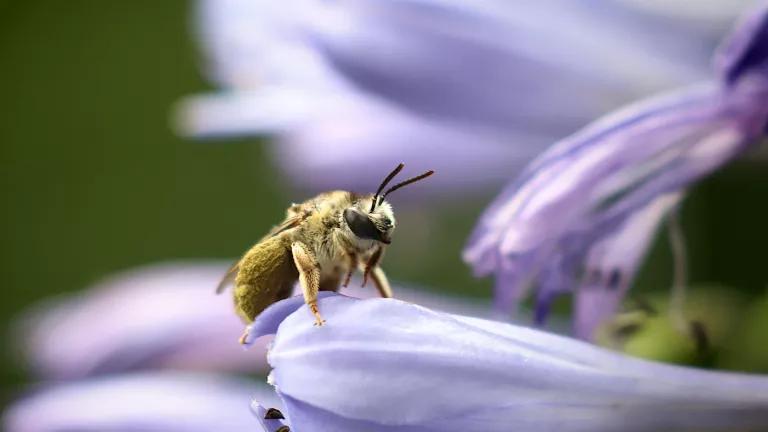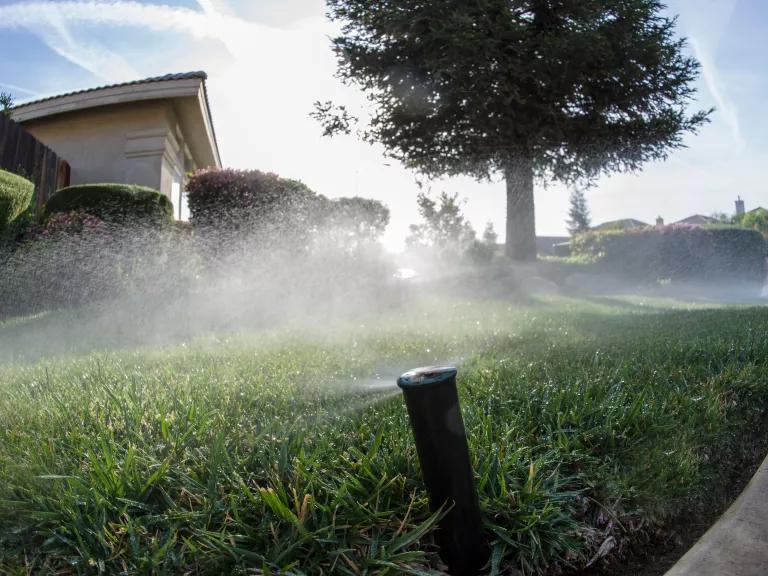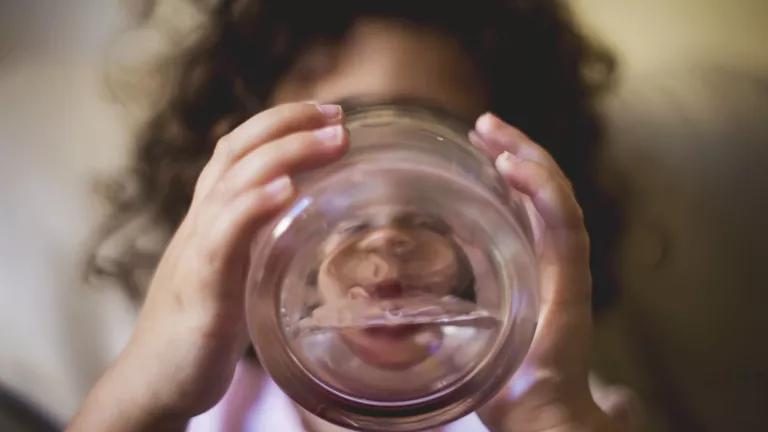California Becomes 10th State to Limit Lawn and Garden Neonic Uses
California Governor Gavin Newsom signed an NRDC-sponsored bill to limit certain non-agricultural neonic uses while paving the way for additional restrictions.

Governor Newsom has signed into law AB 363, a bill authored by Assemblymember Rebecca Bauer-Kahan and co-sponsored by NRDC and Environment California, to rein in unnecessary and harmful non-agricultural uses of neonicotinoid insecticides, or “neonics.” The Governor’s signature means that the most populous state in the nation becomes the tenth state to address these harmful and unnecessary uses.
AB 363 limits lawn and garden neonic uses to trained professionals—eliminating a significant and untracked source of widespread neonic pollution in urban and suburban areas. The law also directs the Department of Pesticide Regulation (DPR) to complete a reevaluation of outdoor, non-agricultural neonic uses, which could result in additional restrictions in the future.
Neonics are neurotoxic insecticides that are likely the most ecologically devastating pesticides since DDT. They are a leading cause of widespread pollinator declines and a major contributor to the biodiversity crisis, with studies linking neonic use to mass losses of birds and the collapse of aquatic ecosystems. And neonics are everywhere in California. Water testing finds neonics in 93% of water samples in urban areas of Southern California and 67% of samples in Northern California, indicating widespread contamination that threatens the state’s renowned biodiversity.

Equally concerning, neonics are neurotoxins linked with serious health risks—and they are commonly found in people’s bodies. A CDC study using data from 2017 found neonics in the bodies of over half of Americans. And a more recent study of 171 pregnant women in California and four other states found neonics in over 95% of the women tested. Other studies show that neonics pass to fetuses during pregnancy, and that prenatal exposure is linked with malformations of the developing heart and brain. Animal studies heighten this concern, connecting neonics with additional reproductive, neurological, and developmental harms.
For these reasons, it is critical that we rein in the widespread, unnecessary use of neonics. Non-agricultural, lawn and garden uses are among the main culprits. Neonics are commonly used in these settings where there is no pest problem, causing intense contamination of urban and suburban areas with no discernible benefit. And even where pests are present, there are readily available pest control alternatives that are less harmful to people and the environment.

For the past several years, the pollinator initiative at NRDC has been pushing for restrictions on lawn and garden neonic uses. In 2020, New Jersey and Maine became the first states to prohibit nearly all outdoor, non-agricultural neonic uses. Nevada followed suit in 2023. New York and five other states have limited neonic use to certified, trained professionals. These laws effectively take neonics off store shelves for everyday consumers, limiting the use of these dangerous pesticides to trained professionals only.
While California has led the nation in limiting use of neonics in agriculture, it has lagged in the non-agricultural space. In 2022, the state legislature passed a full prohibition on lawn and garden neonic uses—but Governor Newsom vetoed it, explaining that DPR would be conducting a review of these uses beginning in 2023. AB 363 ensures that DPR’s review is timely looks beyond honey bees to consider harms to native pollinators, aquatic ecosystems, and human health. It also provides more immediate protections by prohibiting “over-the-counter” sale of neonics to untrained people beginning in 2025.
Passage of AB 363 ensures California keeps pace in protecting its people, pollinators, and ecosystems from the ravages of neonics. And as the most populous state and third largest state by land area, California’s action continues momentum toward eliminating harmful and unnecessary neonic uses nationwide. We will continue to monitor DPR’s progress on this critical issue to ensure that people, pollinators, and ecosystems are protected from these toxins.




